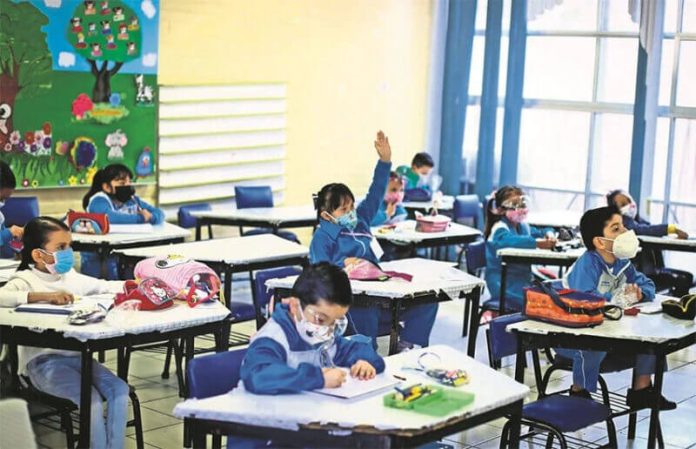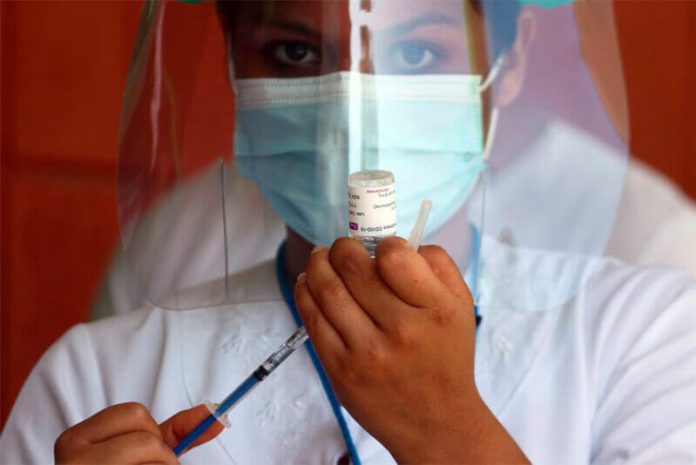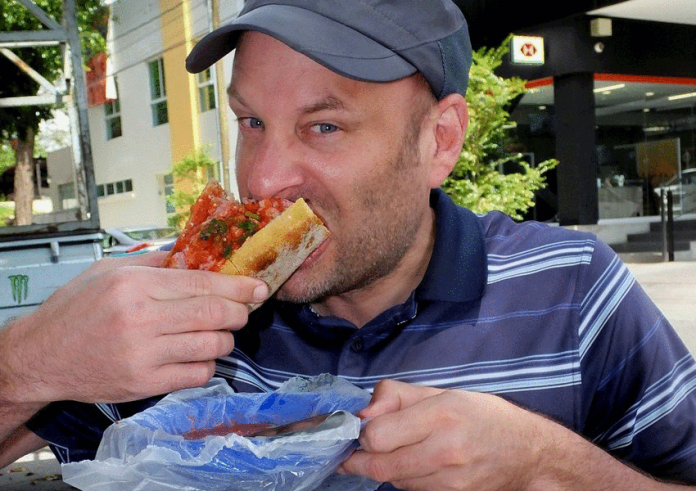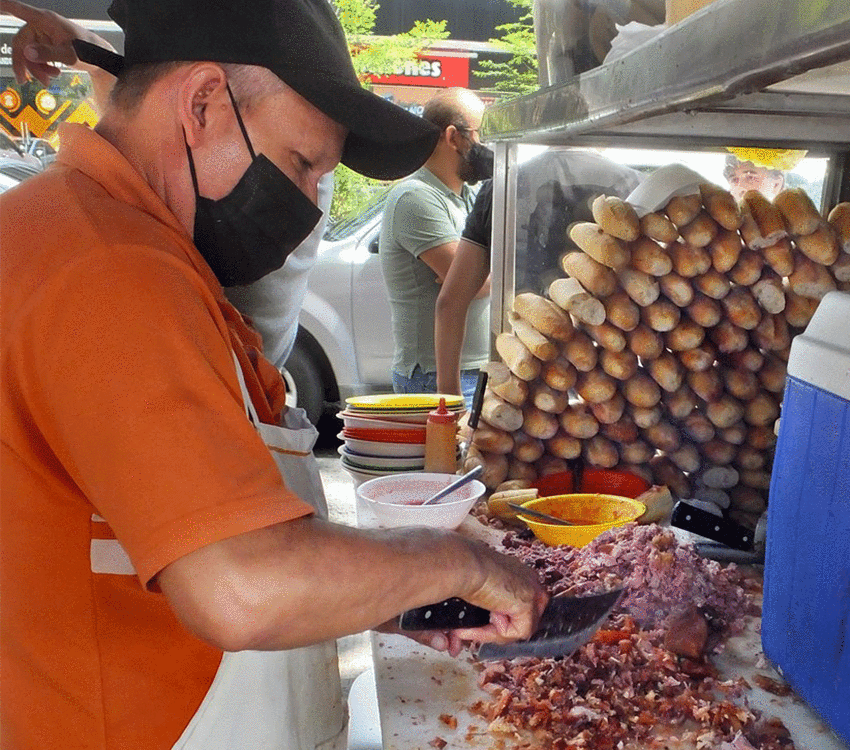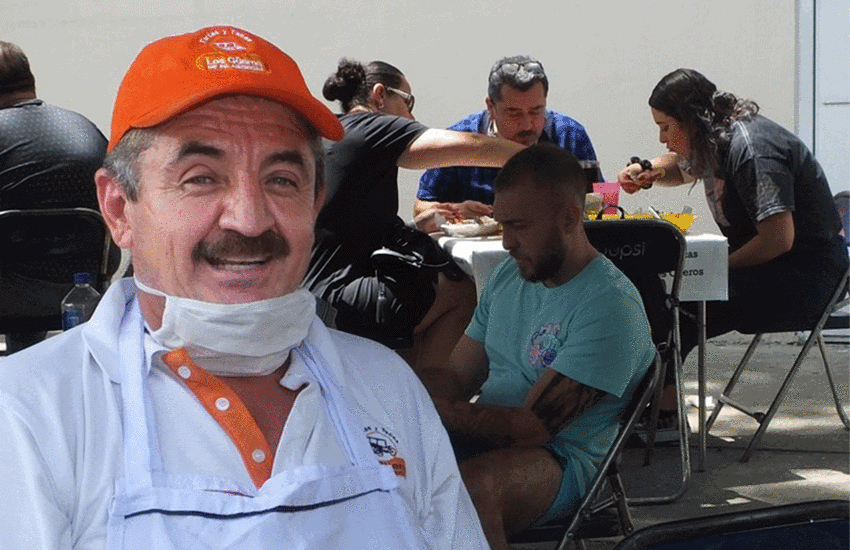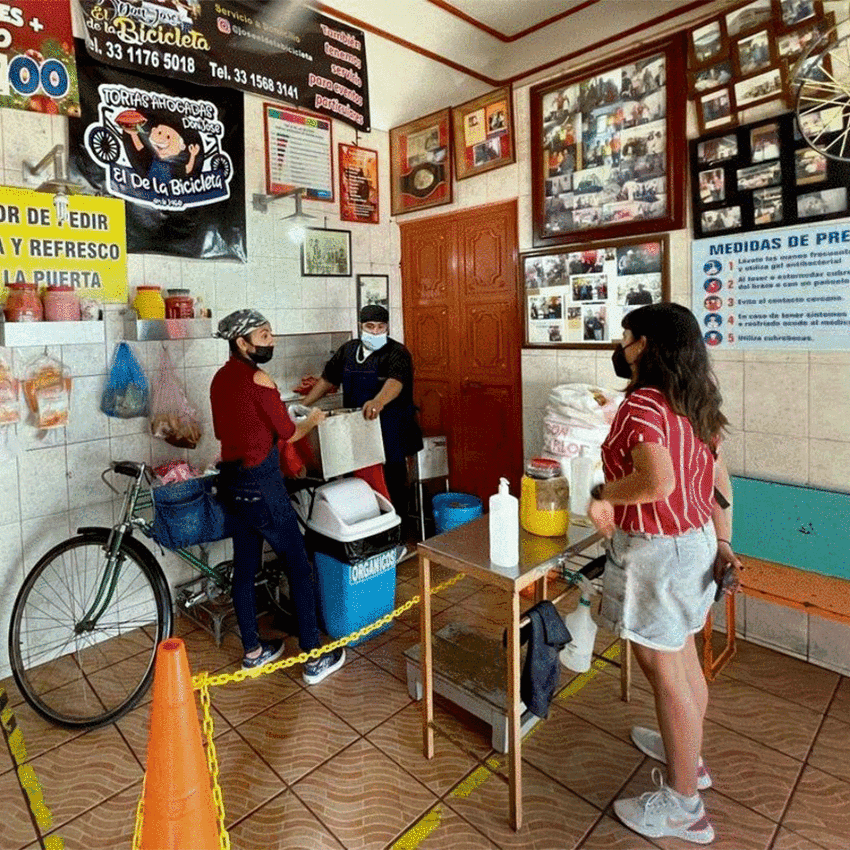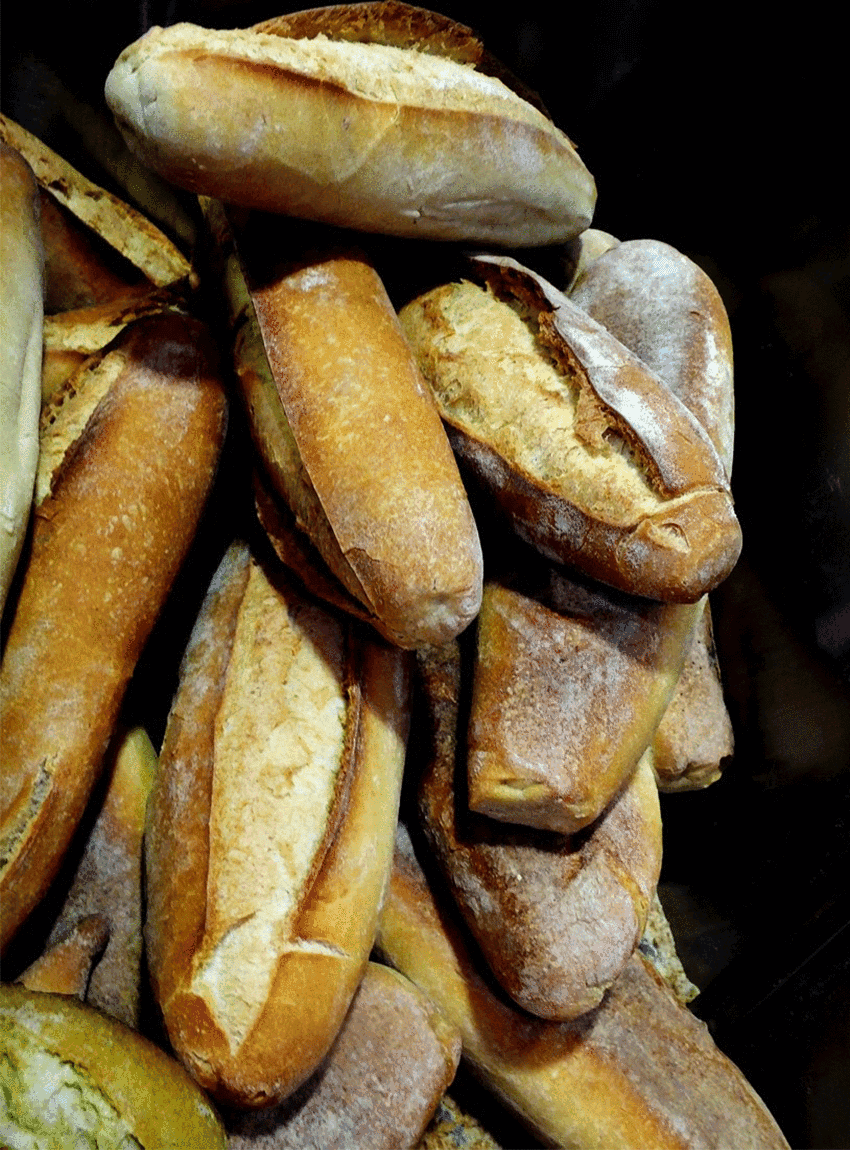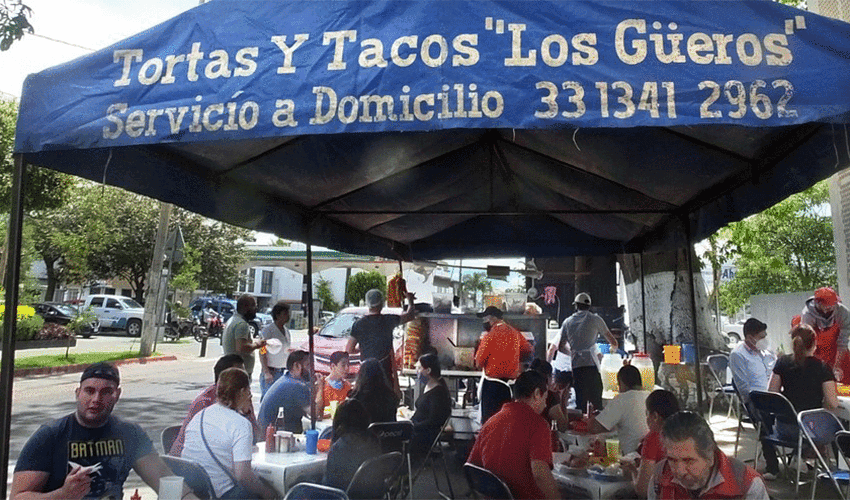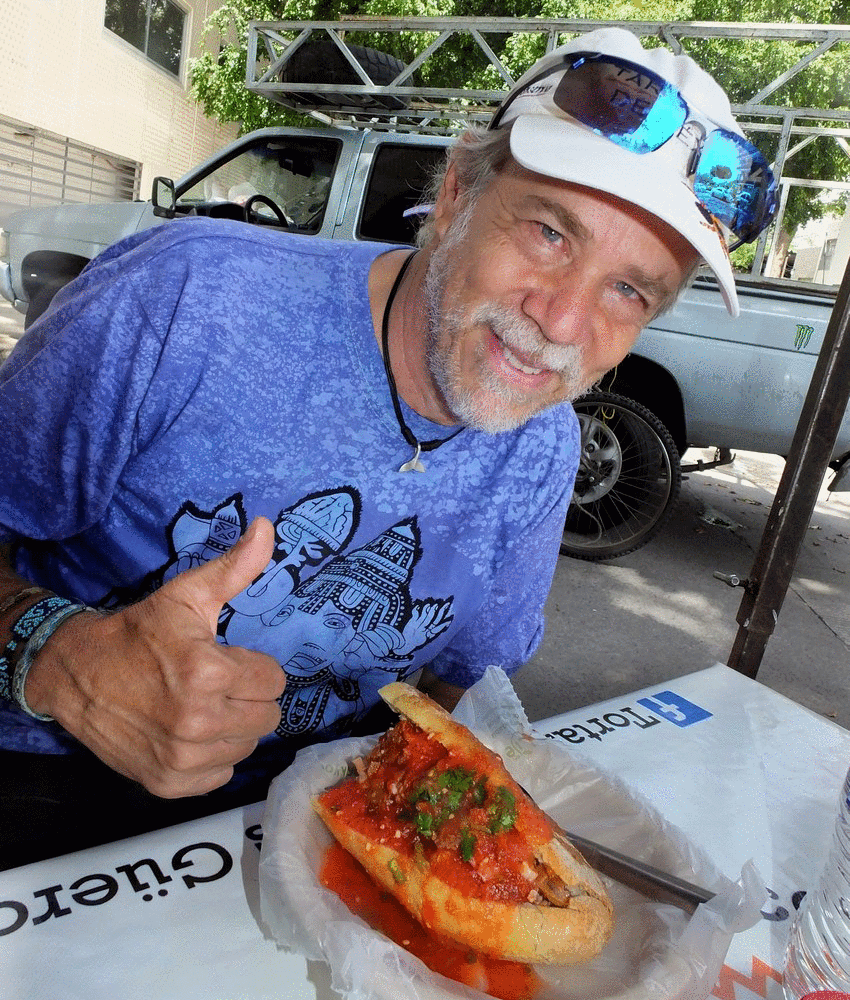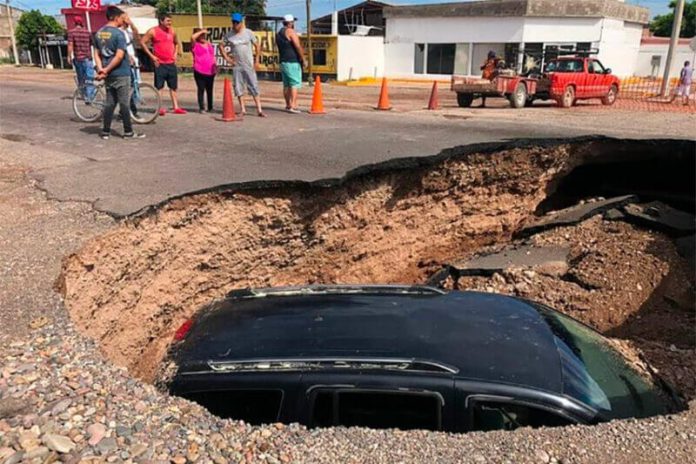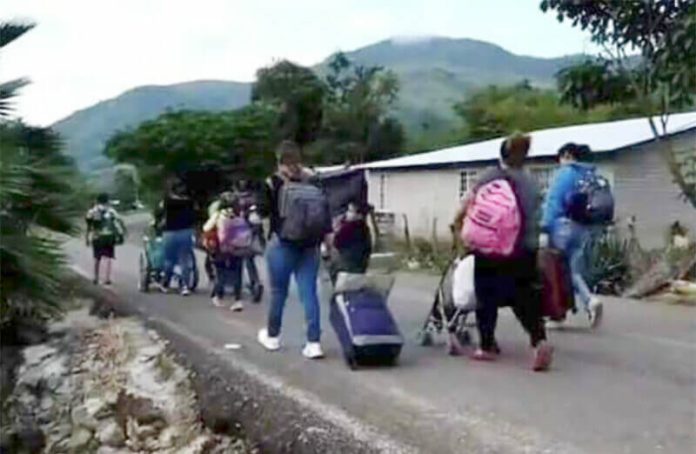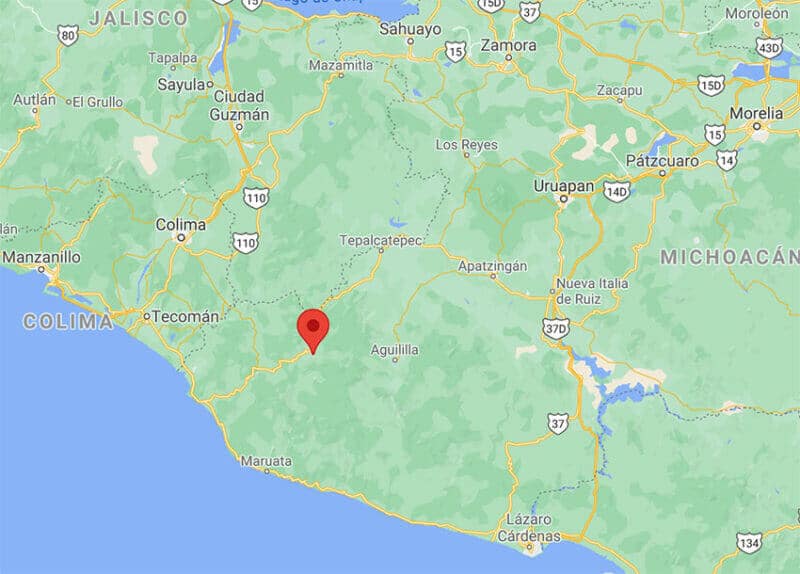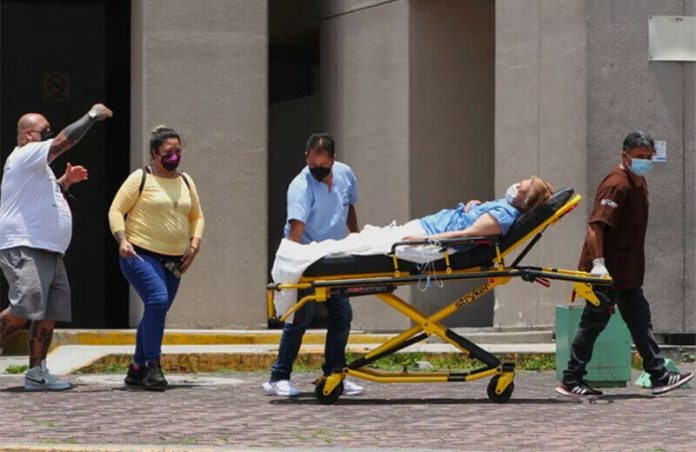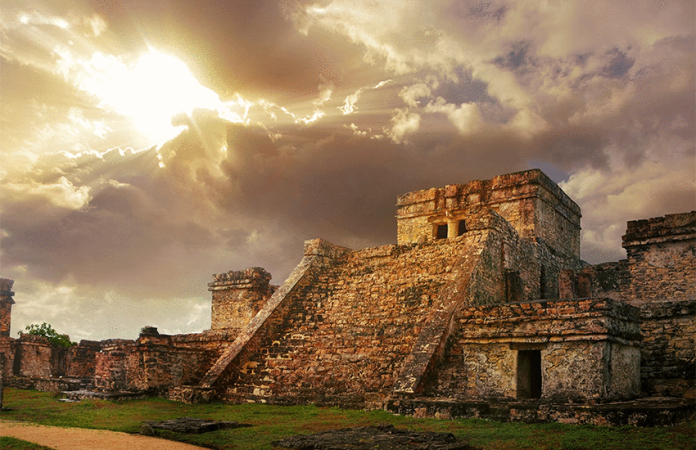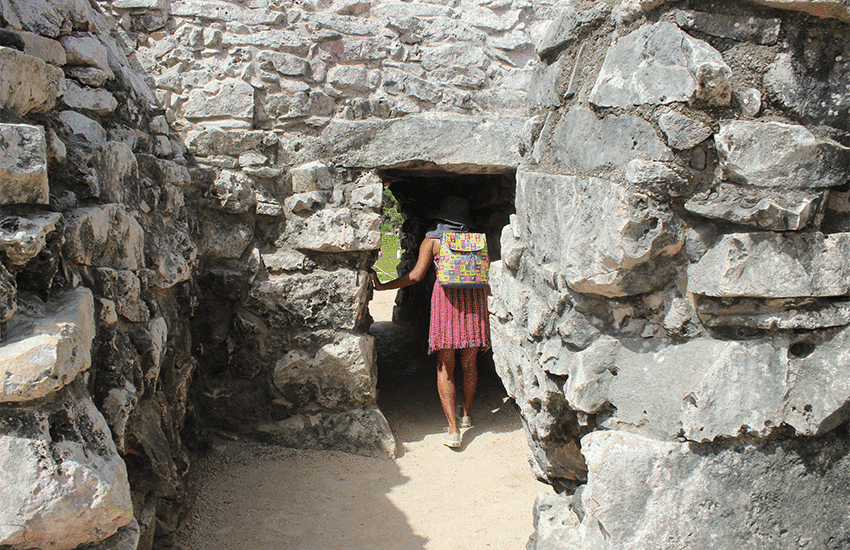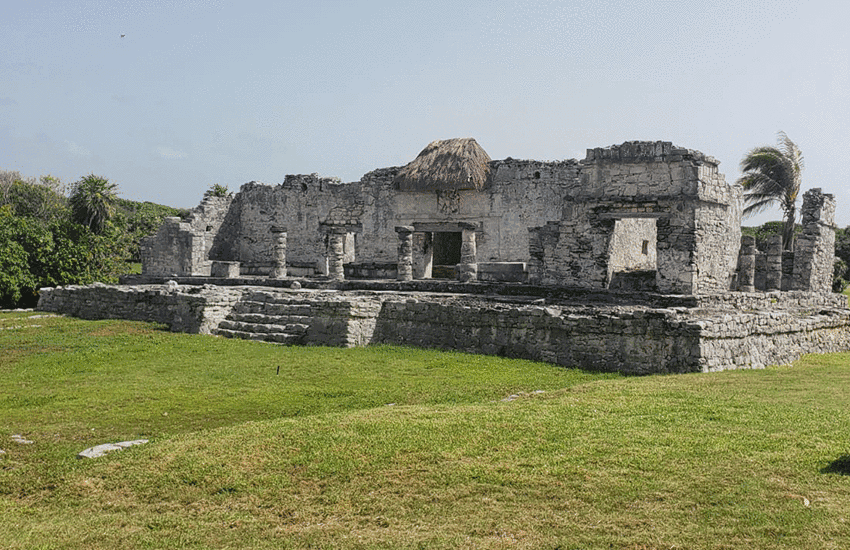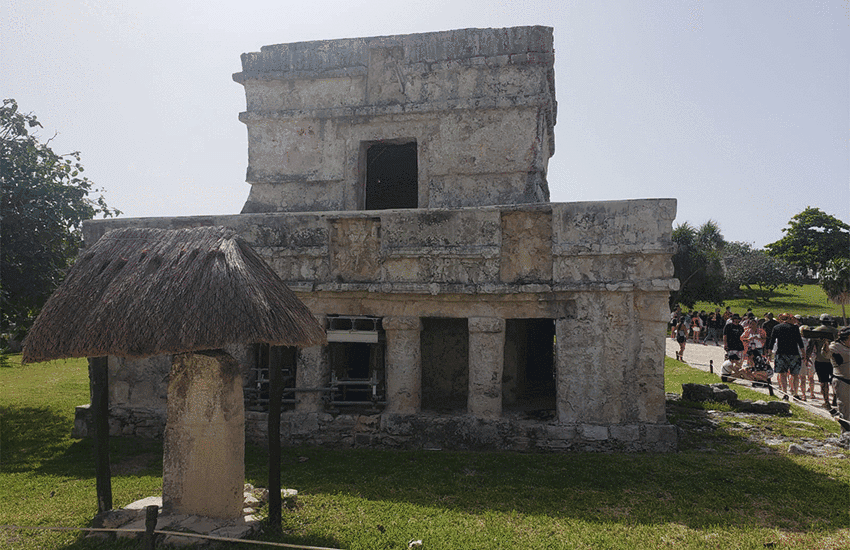Mexico’s process of criminal fragmentation has been a slow burn. Many of the country’s mightiest criminal groups have been unable to stay united due to internal strife, incursions from rivals or the arrests and killings of key leaders.
But while some powerhouses like the Sinaloa Cartel and Jalisco New Generation Cartel (CJNG) remain intact, smaller, hyper-violent and localized groups have become real national security threats. Many are splinters of old cartel structures, maintaining previous allegiances, while others were once dedicated oil thieves or drug transporters who gradually leveled up.
What’s left is a volatile landscape where these groups can have an outsized influence. Below, InSight Crime profiles the most important newer criminal actors in Mexico.
La Línea
La Línea began life as an armed wing of the Juárez Cartel, intended to help the organization defend its border territories in and around Ciudad Juárez in the state of Chihuahua, right next to El Paso, Texas. The Juárez Cartel reportedly hired acting and former police to join La Línea, but the group has always had a strong degree of autonomy. InSight Crime has reported that this cell has operated independently since its inception, even taxing the Juárez and Sinaloa cartels to move their merchandise through the Juárez Valley.
La Línea has broadened its horizons, reportedly being involved in microtrafficking, synthetic drug trafficking, illegal logging and car theft in Chihuahua. The group has established an important presence in Ciudad Juárez, where it has access to routes to the U.S.-Mexico border.
In February 2021, various media outlets reported that the Attorney General’s Office was aware of a meeting between members of the CJNG and La Línea, presumably to discuss an alliance to combat the Sinaloa Cartel. However, Chihuahua prosecutor César Augusto Peniche denied evidence of any alliance.
The violence employed by La Línea affects the neighboring states of Chihuahua and Sonora, where the group has clashed with Sinaloa Cartel cells like Gente Nueva in Chihuahua and the Salazar in Sonora. In fact, La Línea was one of the groups believed to be responsible for the infamous November 2019 massacre. Nine members of an American Mormon family in northwestern Sonora were killed.
On July 9, 2021, authorities in Chihuahua arrested the alleged leader of the La Línea, alias “H7,” on charges of homicide and participation in organized crime. Following his arrest, armed men attacked the police station in the Carachí municipality.
The Salazar
The Salazar is a family-based criminal network with links to the Sinaloa Cartel. The group is primarily involved in marijuana and heroin production and transporting drugs into Arizona. It also violently defends Sonora and Chihuahua states on the cartel’s behalf. The Salazar is believed to have started in Sonora in the early 1990s by Adán Salazar Zamorano, a confidant of Joaquín Guzmán, alias “El Chapo.” However, it was not until 2005 that the violence perpetrated by the group gained significant attention from authorities.
The Salazar operate in Sonora and Chihuahua states, where the group’s main rival, La Línea, also appears to operate. However, more recently, the group has also reportedly been involved in clashes with a Sinaloa Cartel cell known as the Rusos in Baja California regarding control of the Mexicali corridor. This rivalry suggests that cells of the same umbrella organization still fight for territorial control.
The Salazar’s use of threats and violence has been directed at other criminal groups and toward journalists and public officials. Members of the Salazar are allegedly responsible for the 2017 murder of Miroslava Breach, a journalist who investigated the group, and the 2005 disappearance of journalist Alfredo Jiménez Mota. After the Salazar leader Del Villar Suárez was killed in August 2019, the group threatened the Sonora governor for not keeping her “promises” to the group, the details of which remain unclear.
Tijuana New Generation Cartel
The Tijuana New Generation Cartel (CTNG) is a Baja California-based criminal group that traffics heroin, cocaine, marijuana and synthetic drugs into the United States over the border crossing in Tijuana. The group emerged out of an alliance between the CJNG and remnants of the Tijuana Cartel, also known as the Arellano Félix Organization, to push back against the Sinaloa Cartel.
The CTNG was founded as the Tijuana Cartel and was becoming weaker as the CJNG was expanding. Today, it appears that the CTNG belongs to the CJNG as a local enforcement wing and drug trafficking logistics provider for the CJNG’s operations in Baja California. InSight Crime reported in 2016 that the CTNG was responsible for kidnapping, torturing and murdering rivals on the Baja Peninsula.
Tijuana’s strategic location adjacent to the California border has contributed to significant turnover and the emergence of new alliances, armed wings and cartel sub-groups. The city is also home to one of Mexico’s newest criminal groups, the Cabos, a newer armed group within the CJNG that was spun off from the CTNG.
Grupo Sombra
Formed sometime around 2017, the Gulf Cartel splinter group known as the Grupo Sombra Special Forces (FEGS) is an important criminal actor in the northern part of Veracruz but also has a presence in the central states of Hidalgo and San Luis Potosí. Grupo Sombra is purportedly dedicated to microtrafficking, human trafficking, migrant smuggling, murders for hire, kidnapping, extortion, and oil theft in these places.
The organization’s members employ extremely violent tactics, often disseminating their actions via video or leaving the bodies of their victims on public roads. The group’s main rivals appear to be the Old School Zetas and CJNG, with the latter rapidly gaining ground in Veracruz. In fact, according to press reports, the group formed an alliance with the Santa Rosa de Lima Cartel in 2019 as part of an effort to stop the CJNG’s expansion in the central part of the country.
Grupo Sombra has sought the support of the local population by providing social aid. For example, the group was one of the various criminal actors that distributed goods during the first few months of the Covid-19 lockdowns and organized Children’s Day and Mother’s Day celebrations in municipalities in the Huasteca region.
In August 2020, federal forces in Veracruz detained the director of the Álamo de Temapache municipal police and six other officials for allegedly colluding with Grupo Sombra.
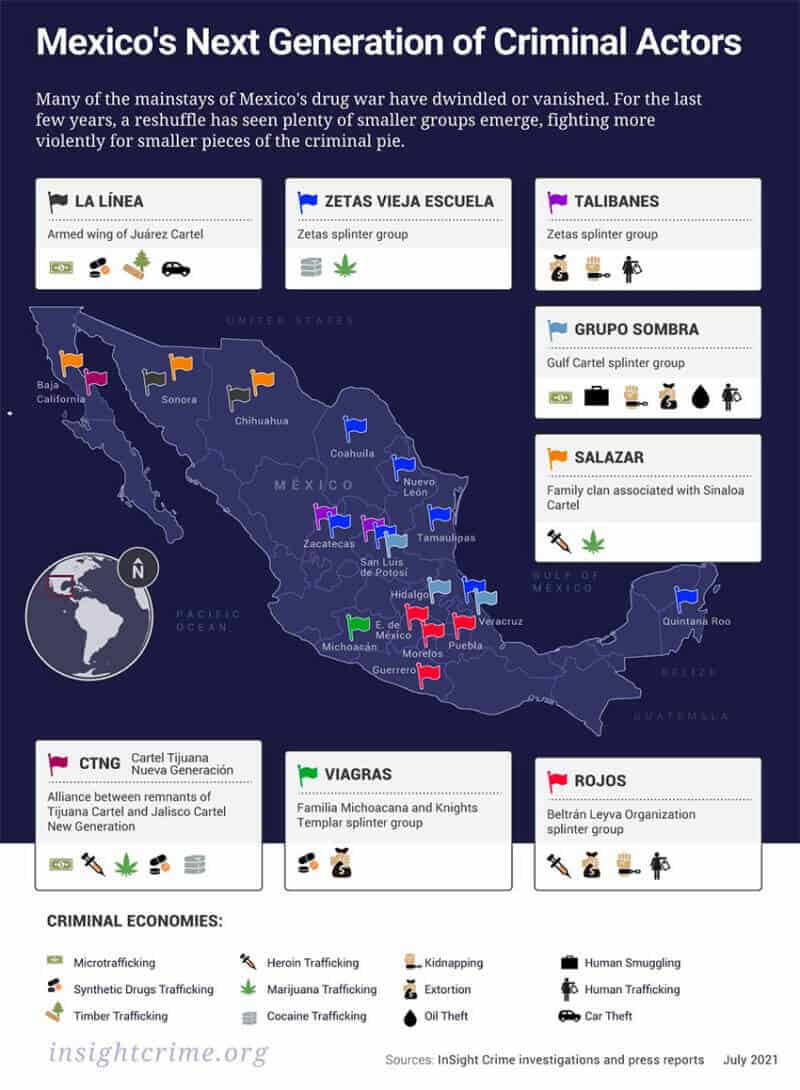
Old School Zetas
A combination of the violent war that started in 2010 between the Zetas and Gulf Cartel led to the arrests and murders of leaders of both groups, and pressure by the state provoked the fragmentation of the two groups. Several splinter groups have emerged from the Zetas’ divisions, including the Northeast Cartel, New Zeta Blood Cartel and the Old School Zetas.
The Old School Zetas were allegedly formed by José Guizar Valencia, alias “Z-43,” and other dissidents. The group took the name “Old School” because they would stay true to the Zetas “original business” of drug trafficking, refraining from other predatory criminal activities, such as kidnapping, extortion and oil theft.
The Old School Zetas are currently concentrated in northern Veracruz with a sporadic presence in other states in the northern and eastern parts of the country, such as Nuevo León, Tamaulipas, Coahuila, Zacatecas, San Luis Potosí and Quintana Roo. However, its main focus is on the northeastern border with the United States. It has participated in violent clashes against former allies, including the Northeast Cartel, Grupo Sombra and CJNG.
Z-43 was arrested in February 2018 in Mexico City. According to the news outlet Milenio, the group currently appears to be under the leadership of Antonio Salas Perea, alias “Chihuas,” who has allegedly formed alliances with Gulf Cartel splinter groups like the Ciclones.
The Talibanes
The Talibanes is an armed group from Tamaulipas, created by Iván Velázquez Caballero, alias “El Talibán” or “Z-50.” The former Zetas operator broke away from the organization in 2012 to challenge the leadership of brothers Miguel Ángel and Omar Treviño – also known as “Z-40” and “Z-42.”
The organization primarily operates in the states of Zacatecas and San Luis Potosí, where Velázquez Caballero earned his nickname “El Talibán” in reference to his habit of using a machete to decapitate his enemies and extortion victims who didn’t pay their quotas.
He was apprehended in 2012 and extradited to the United States the following year. Nevertheless, his organization continues to engage in microtrafficking, extortion, human trafficking and kidnapping, allegedly under the command of his son, Raúl, alias “El Talibancito.”
In March 2021, InSight Crime reported that the Talibanes were among the protagonists of the rising violence in Zacatecas state, caused by a fallout between groups looking to control this strategic territory. At the moment, the Talibanes are reportedly allied with the Sinaloa Cartel in Zacatecas, battling the CJNG for control of drug routes there.
The Talibanes were reportedly behind a failed assassination attempt against San Luis Potosí congressman Pedro Carrizales, several decapitated bodies left in front of municipal offices in Zacatecas and threats to several mayors and police officers in the state, according to Óscar Balderas, a journalist and expert on organized crime in Mexico.
The Viagras
The Viagras emerged after the fragmentation of the two largest criminal groups in the southern state of Michoacán, La Familia Michoacana and Knights Templar. Today, the group is part of the Cárteles Unidos, a criminal alliance in the crucial Tierra Caliente region, which seeks to stop the CJNG’s incursion in the area.
Having operated as an independent cell from its inception, the Viagras are now one of the most dominant criminal factions in Michoacán’s highlands. Even in its early years, it operated as an independent cell.
The group was allegedly founded in Huetamo, Michoacán, by seven brothers of the Sierra Santana family. But several of them have now been killed or arrested. According to press reports, the organization’s current leader is Nicolás Sierra Santana, alias “El Gordo.”
According to a press release issued in 2014 by the former leader of the organization, Servando Gómez, alias “La Tuta,” the Viagras acted as the armed wing of the Knights Templar to combat the Guerreros Unidos over the last decade. Today, the Viagras’ activities are primarily concentrated on methamphetamine trafficking and extortion, with its most important rival being the CJNG.
The war between the Viagras and CJNG in Michoacán is one of the most intense in the country. The two organizations often face off in shootouts, establishing roadblocks to prevent the entry of the rival group or authorities in their territories – leaving the villagers captive. They flaunt their firepower by parading around the streets of Tierra Caliente with high-caliber weapons and armored vehicles. Over the course of this conflict, the Viagras have even attacked state security forces. In March, purported members of the organization fired on an army helicopter after the arrest of El Gordo’s son.
As part of the agglomeration Carteles Unidos, the Viagras have joined forces with former self-defense groups like the Cartel del Abuelo and other Michoacán Family splinter groups.
One of the Viagras’ main advantages in Tierra Caliente is the strong roots they have with the local population, beginning with the Sierra Santana family. The Viagras have regularly given out gifts and essential items in villages, claiming to be “protecting the population” from the CJNG. However, civilian self-defense groups have emerged in the area to oppose the Viagras.
The Rojos
The fragmentation of the Beltrán Leyva Organization (BLO) gave rise to the Rojos, an important cell in the central and southeastern part of Mexico, especially the state of Guerrero.
Although several of its leaders were arrested between 2019 and 2020, the organization has continued to survive and was recently listed by the U.S. Drug Enforcement Administration (DEA) as an active heroin trafficking group with links in the United States.
The organization’s purported founder was Jesús Nava Romero, alias “El Rojo,” a BLO lieutenant that operated the drug trafficking routes from Guerrero to Morelos. Authorities killed El Rojo in 2009, and the organization’s leadership was inherited by his nephew, Zenén Nava, and Santiago Mazari. Both men were arrested between July and August 2019. It remains unclear who assumed leadership in their absence.
The Rojos currently have an influence in the states of Morelos, Puebla, México state and in the highlands of Guerrero – where opium gum is produced for heroin. The group has been accused of extortion, homicides, kidnappings, human trafficking and forced disappearances.
Their main rivals are other BLO splinter groups, particularly the Guerreros Unidos. Both groups have been linked to the disappearances of 43 student students in Ayotzinapa and high levels of violence in Guerrero and Morelos. A recent DEA report stated that the Guerreros Unidos are in an alliance with the CJNG.
The Rojos are also embroiled in a long-term feud with a local group, the Ardillos, which has controlled drug trafficking through parts of Guerrero for 20 years.
Reprinted from InSight Crime, a foundation dedicated to the study of organized crime, and written by Victoria Dittmar, Paige Bowman and Santiago Previde.
